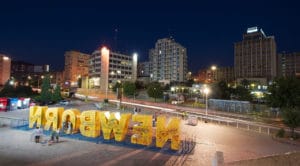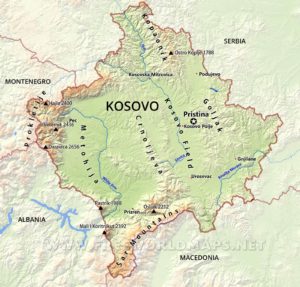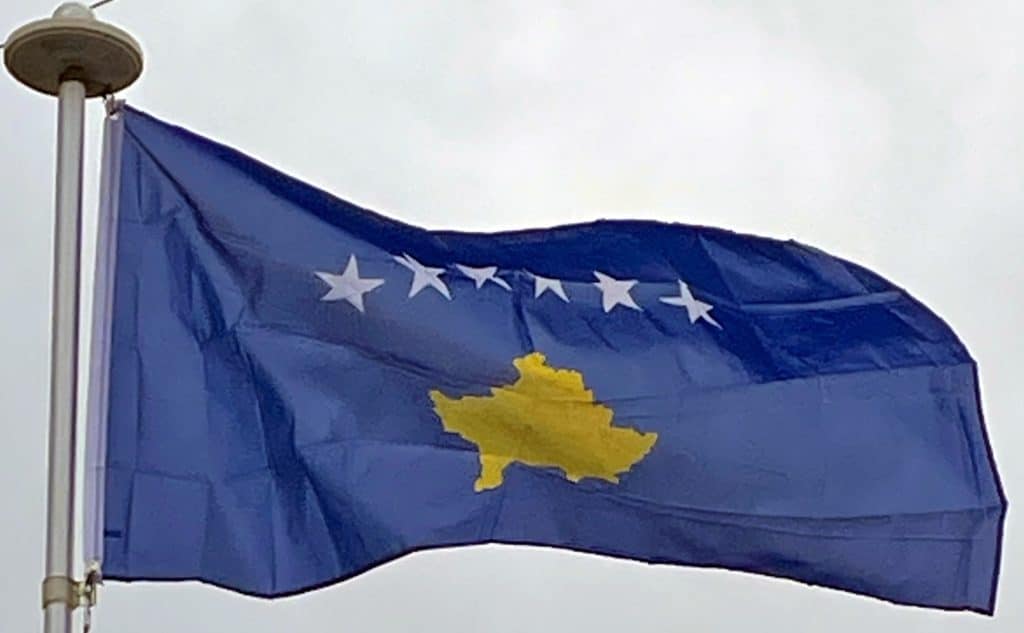
The Serb minority of Kosovo, which largely opposes the declaration of independence, has formed the Community Assembly of Kosovo and Metohija in response. The creation of the assembly was condemned by Kosovo’s President Fatmir Sejdiu, while UNMIK has said the assembly is not a serious issue because it will not have an operative role. On 8 October 2008, the UN General Assembly resolved, on a proposal by Serbia, to ask the International Court of Justice to render an advisory opinion on the legality of Kosovo’s declaration of independence. The advisory opinion, which is not binding over decisions by states to recognise or not recognise Kosovo, was rendered on 22 July 2010, holding that Kosovo’s declaration of independence was not in violation either of general principles of international law, which do not prohibit unilateral declarations of independence, nor of specific international law – in particular UNSCR 1244 – which did not define the final status process nor reserve the outcome to a decision of the Security Council.
Some rapprochement between the two governments took place on 19 April 2013 as both parties reached the Brussels Agreement, an agreement brokered by the EU that would allow the Serb minority in Kosovo to have its own police force and court of appeals. The agreement is yet to be ratified by either parliament.
Geography:
Defined in a total area of 10,887 square kilometres (4,203 square miles), Kosovo is landlocked and located in the center of the Balkan Peninsula in Southeastern Europe. The highest point is Velika Rudoka at 2,658 metres (8,720 ft) above sea level, and the lowest is the White Drin at 297 metres (974 ft).

Most of the borders of Kosovo are dominated by mountainous and high terrain. The most noticeable topographical features are the Prokletije and the Šar Mountains. The Prokletije, are a geological continuation of the Dinaric Alps. The mountains run laterally through the west along the border with Albania and Montenegro. The southeast is predominantly the Šar Mountains, which constitute the border with North Macedonia. Besides the mountain ranges, Kosovo’s territory consists mostly of two major plains, the Kosovo Plain in the east and the Metohija Plain in the west.
Kosovo’s hydrological resources are relatively small. The longest rivers of Kosovo include the White Drin, the South Morava and the Ibar. Sitnica, a tributary of Ibar, is the largest river lying completely within Kosovo’s territory.
Economy:
The economy of Kosovo is a transitional economy. It suffered from the combined results of political upheaval, the Serbian dismissal of Kosovo employees and the following Yugoslav Wars. Despite declining foreign assistance, the GDP has mostly grown since its declaration of independence. This was despite the financial crisis of 2007–2008 and the subsequent European debt crisis. Additionally, the inflation rate has been low. Most economic development has taken place in the trade, retail and construction sectors. Kosovo is highly dependent on remittances from the diaspora, FDI and other capital inflows. Kosovo is one of the poorest countries in Europe. In 2018, the International Monetary Fund reported that approximately one-sixth of the population lived below the poverty line and one-third of the working age population was unemployed, the highest rate in Europe.
